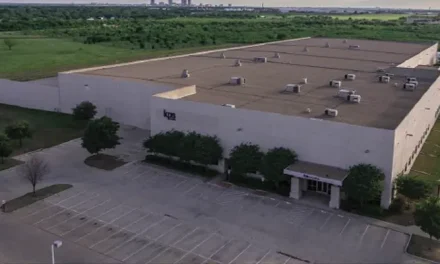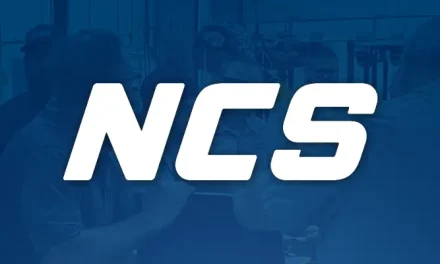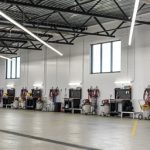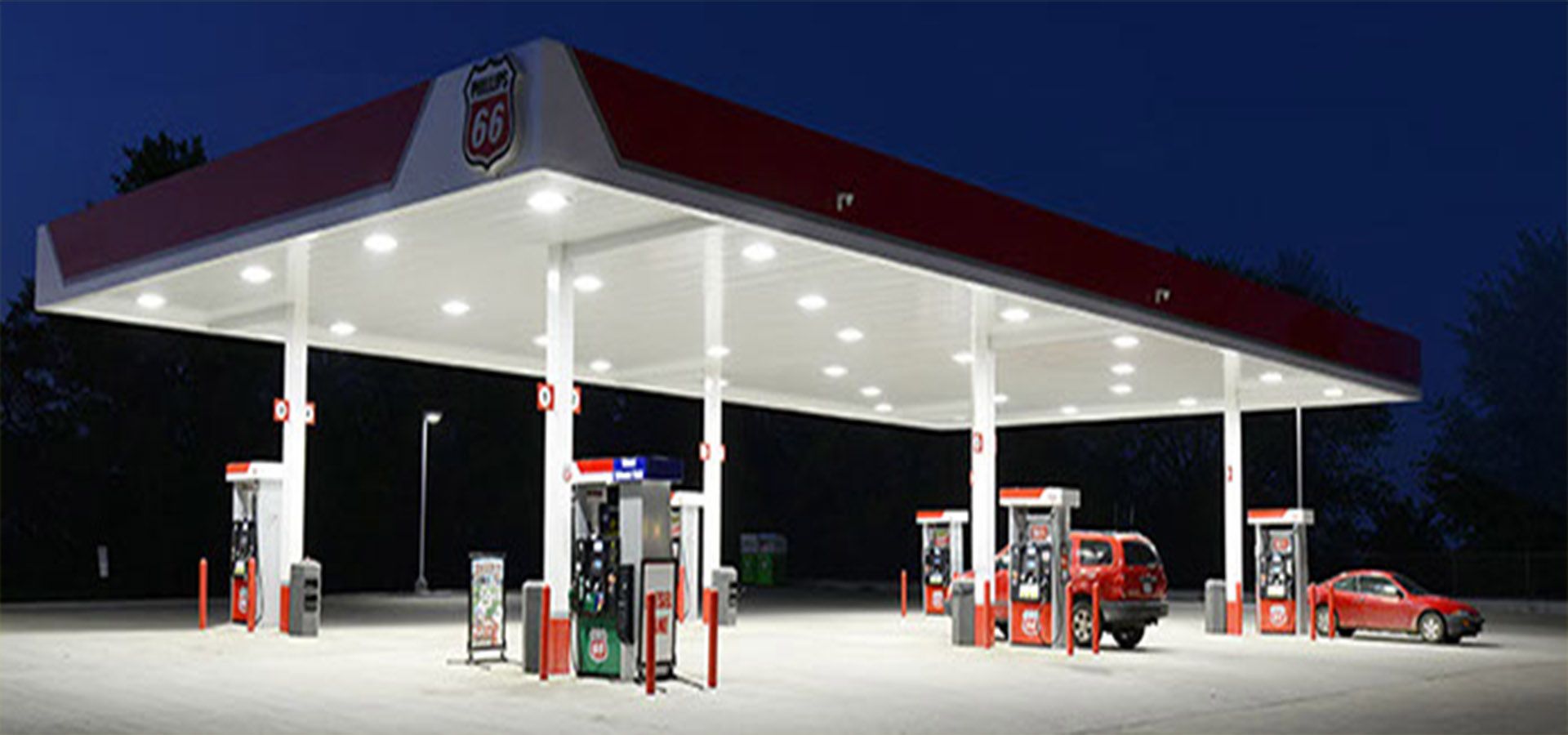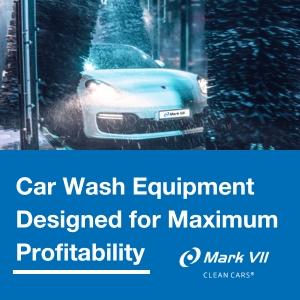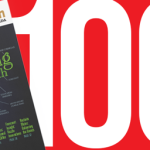
Evolution of Canopy Lighting

By Mike Burcham
The canopy lighting for refueling stations has been evolving for more than 100 years.
The first ‘filling stations’ began popping up in the early 1900s in various locations to provide a place for motorists to refuel. The first canopy lighting was introduced a few years later with incandescent lamps.
It was revolutionary at the time to have light at a filling station allowing customers and employees to function when it was dark and to provide visibility for the station. Potential customers were able to see the station from further away.
“Before electric light, less business could be conducted at night,” said Brian Daley, director product management, canopy and controls at LSI Industries. “The intersection of technological advances at the turn of the century – automobiles and the lightbulb – created new business opportunities for entrepreneurs at the time. Gas station owners were able to provide gas during the day and at night using the incandescent lightbulb to attract customers offering a safe, lighted environment to refuel their automobile.”
Several technological developments through the years including mercury vapour lamps, fluorescent, and metal halide eventually led to the LED technology widely used today. Through all of the advances in brightness, energy usage and lamp life the core functions remained: Providing light for the customers and employees and make the station visible.
“Similar to all other technologies, lighting has experienced huge paradigm shifts in technology,” said Daley, who has more than 25 years in the lighting industry. “Today LED light fixtures are more efficient and flexible than any other light source ever created. The light produced from LED fixtures is more controllable in aspects of output, direction, glare and intensity. This provides for a better overall sense of safety and security for customers and employees at refueling stations.”
The modern LED canopy fixture distributes light in ways the first filling station owners could not have imagined.
“With the advent of LEDs the colour is better,” said Carrie Beatty, lighting design professional and owner at CB Lighting Design. “The colour temperature is more precise than the HID and as a side effect it renders everything in more true colours. For the pedestrian, it helps them have a better sense of security. Low pressure sodium as a technology had a low quality of colour. It made everything be one common colour and LED has a better way of showing the true colour.”
Seeing true colour has a correlation to buying with 93 per cent of people saying they put the most importance on visual factors when purchasing products according to research at the Seoul International Color Expo.
“You want to point light towards merchandise so they can see clearly in that space,” said Beatty, who has been in the lighting industry since 2007. “Retail is big on highlighting merchandise and not creating glare.”
The LEDs provide the light, but the angles and distribution of canopy fixtures elevating the customer experience is just as vital.
“The type of LEDs and the placement of the LEDs in the fixture affect the angles and the optics utilized to direct the light provide for different types of distribution characteristics,” Daley said. “Lighting fixtures today offer tremendous flexibility to enhance the customer experience effectively and efficiently.”
The journey of the canopy light from an electrified filament to the modern-day LED has enhanced the customer experience and transformed the ‘filling station.’ It was once a functional stop to refuel on your way to your destination. Now with proper lighting, yesterday’s filling station is today’s destination.
Mike Burcham is the marketing communications manager at LSI Industries based in Cincinnati, Ohio. Contact him at mike.burcham@lsicorp.com.

